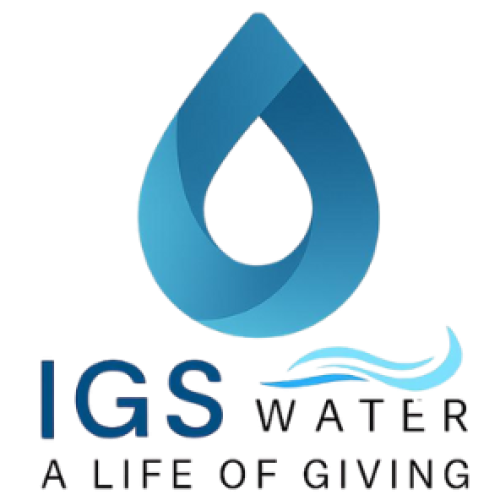In the ever-evolving field of water treatment, innovation is not just about improving efficiency — it’s about reshaping how we view water itself. Among the most groundbreaking advancements in recent years is nanobubble technology, a solution that is quietly revolutionizing industries from aquaculture to wastewater management. At IGS Water, we’re proud to lead this transformation by delivering advanced nanobubble systems that go beyond traditional aeration methods, offering cleaner, more balanced, and more sustainable water environments.
What Are Nanobubbles?
Nanobubbles are ultra-fine gas bubbles, typically less than 200 nanometers in diameter — thousands of times smaller than the width of a human hair. Despite their size, their impact on water quality is profound. Unlike larger bubbles that rise and burst quickly, nanobubbles remain stable in water for extended periods. This stability allows them to continuously release oxygen or other gases at the molecular level, improving dissolved oxygen concentration and enhancing overall water health.
Why Nanobubbles Matter
Traditional aeration systems often face challenges such as clogging, limited oxygen transfer, and uneven water circulation. Nanobubble technology overcomes these issues by offering superior gas dissolution, non-clogging performance, and energy efficiency. The result is not only better oxygen distribution but also a significant reduction in odors, algae growth, and harmful bacteria.
In aquaculture, this means healthier and more active aquatic life due to improved oxygenation. In wastewater treatment, it results in faster organic matter breakdown and reduced sludge accumulation. In agriculture and irrigation, nanobubbles promote better root development and nutrient absorption, leading to healthier crops and higher yields.
The Science Behind Stability
One of the most fascinating properties of nanobubbles is their negative surface charge. This charge prevents them from merging or collapsing, allowing them to remain suspended in water for days or even weeks. As they slowly dissolve, they generate reactive oxygen species (ROS) that naturally help break down contaminants and control pathogens — all without harmful chemicals or additives.
This natural oxidation process supports eco-friendly water management, aligning perfectly with global sustainability goals. By reducing the need for chemical disinfectants and improving system efficiency, nanobubble technology offers both environmental and operational benefits.
How IGS Water is Leading the Way
At IGS Water, we have developed advanced Nanobubble Generators designed to deliver consistent and reliable performance across various water applications. Our systems are engineered to produce pure nanobubbles without the need for circulation, eliminating the risk of clogging even in high solid concentration environments.
Our technology enhances dissolved oxygen levels, improves water clarity, and helps maintain ecological balance in ponds, lakes, and treatment facilities. Whether for aquaculture, agriculture, irrigation, or industrial use, our solutions are built to support cleaner, healthier, and more sustainable water systems.
Looking Ahead: The Future of Water Treatment
The future of water treatment is moving toward smarter, cleaner, and more data-driven systems — and nanobubble technology is at the center of this shift. As environmental regulations tighten and industries demand more sustainable solutions, the adoption of nanobubble systems is expected to accelerate.
By combining advanced engineering with environmental science, IGS Water is not only addressing today’s water challenges but also paving the way for a future where clean and efficient water management is accessible to all.
If you are looking to enhance your water quality, reduce maintenance costs, and embrace sustainability, now is the time to explore what nanobubbles can do for your system.

